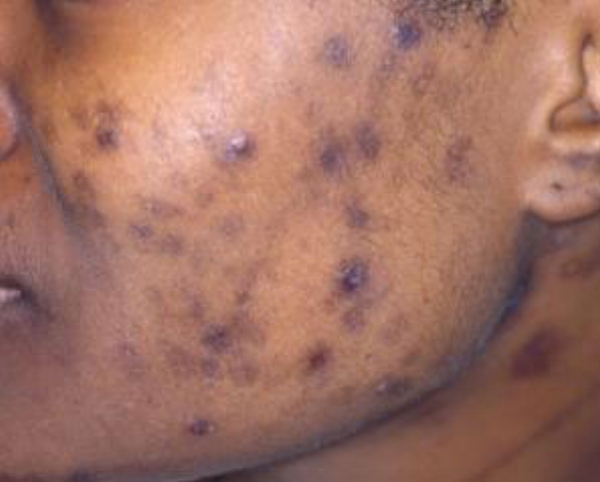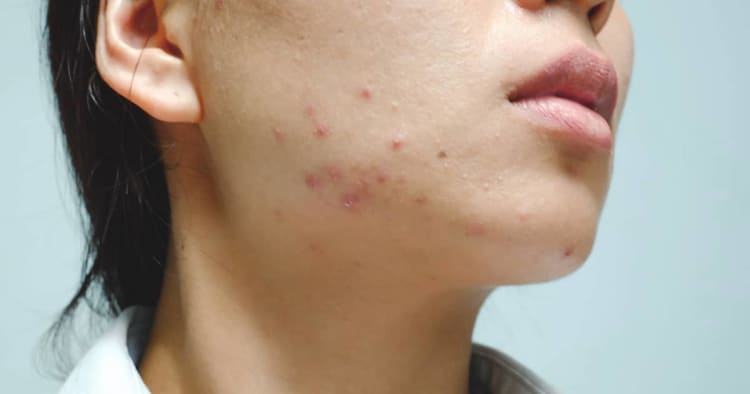Hi Janice Lim,
Q switch laser is mainly good for acne marks/post inflammatory hyperpigmentation (PIH). Q switch is primarily used for lightening brown marks/pigmentations. It does not really work for depressed scars. Having said that, PIH on the face often disappears over time unless the trauma is repeated.
Scars that have depression is best treated with fractional CO2 lasers. This is generally the gold standard considering the downtime, benefits and pain issue. Other treatments like subcision and TCA cross are less popular because of risk/downtime vs. benefit ratio.
Subcision is a technique where you use a needle and undermine the underlining fibrotic scars. It should be reserved for stubborn scars not helped as much from fractional CO2 lasers. This tends to be the rolling scars type and maybe the pitting scars. because of the long downtime of 2-4 weeks of bruising if done properly, it is reserved as the next alternative after fractional CO2 lasers. Occasionally, you may also get bumps from over healing althought this is quite uncommon.
I have done thousnds of fractional CO2 lasers and hundreds of subcision and I can tell you that if you just do subcision alone, results may often not be very good because other than softening the fibrosis under the scar, it does very little collagen remodelling.
I have patients who did a series of fractional CO2 laser and then subcision, and find subcision so great, while others who did subcision first and then fractional CO2 laser and finds fractional CO2 laser great.
The point is for some scars both may help bring it up further and people see the latter as the one that brings the effect. In practical sense, it makes more sense doing fractional CO2 laser from experience because for a downtime of a month with subcision and maybe no results, it is disheartening whearas fractional CO2 laser may help the lighter scars improve first and with a relatively shorter downtime, you may be more encouraged to continue.
TCA cross should be left to the last resort. It is reserved for bad ice pick scars which often dont respond to other treatments. It should be used discerningly unlike what many doctors who like to push and advertise or talk about because although it may give good results for those scars, it may also make your scar worse.
This depends ON YOUR OWN HEALING ability and you need to be prepared for such scenarios. Sometimes, before believing what we say, google about the side effects of that treatment and read about the bad things first. Advertisement and pushing of treatments online is common but the practical part of things doesnt always work out like what people say.
Hope that helps you do better research.







